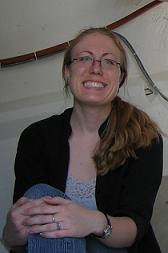 |
I am a graduate student in the Laboratory for Millimeter-wave Astronomy group, working under the direction of Stuart Vogel, with additional advisement from Eve Ostriker (the Center for Theory and Computation). For my thesis I am studying star formation rates and mechanisms in nearby spiral galaxies, on local and global scales, using multi-wavelength space and ground based observations. |
|
CARMA + SONG (mm)
|
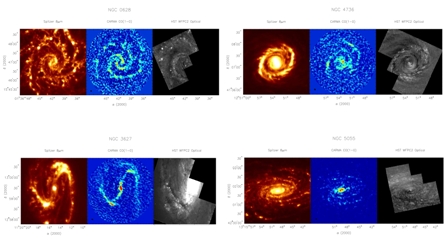
|
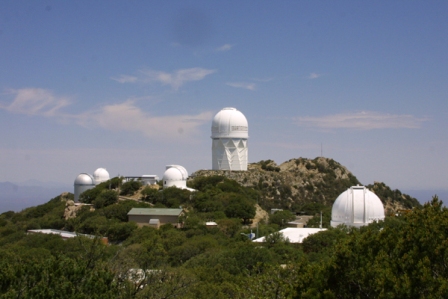
|
Kitt Peak (nm) |
|
Hubble Space Telescope (nm)
|
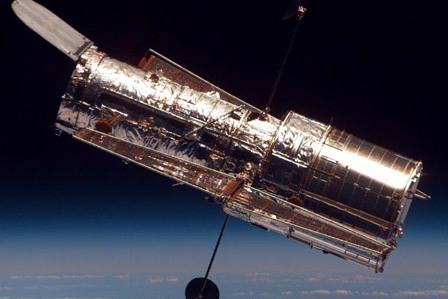
|
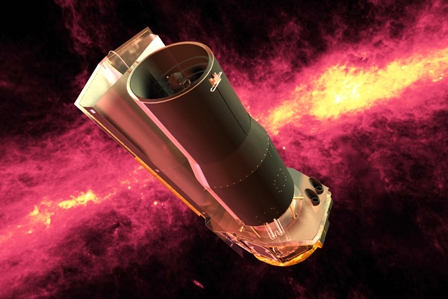
|
Spitzer Space Telescope (µm)
|
|
|
VLA (cm)
|
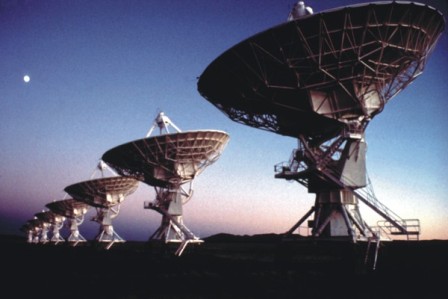
|
Back to the LMA page

